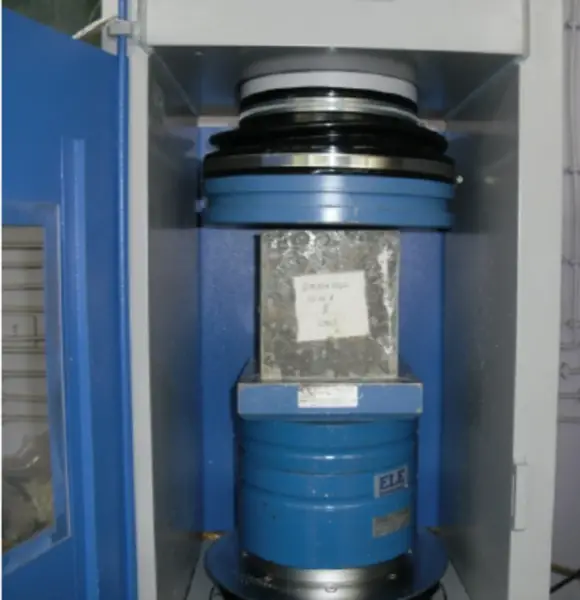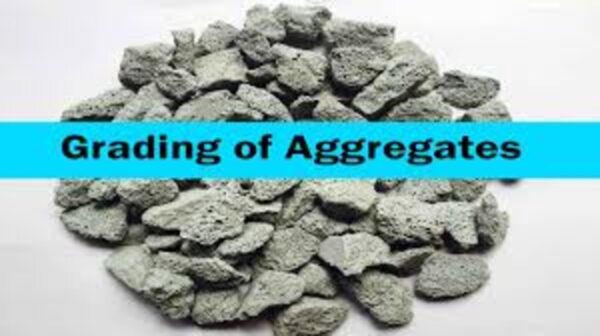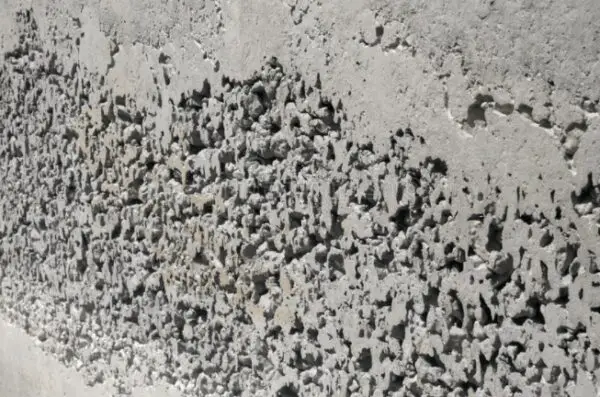The field of concrete technology and construction is rapidly advancing and seeking to unlock greater performance, efficiency, and sustainability.
From ultra-high strength mixtures to next generation manufacturing processes, today’s leading edge innovations and breakthroughs in concrete promise to revolutionize everything from buildings to infrastructure.
lets now discuss some of the advancement in the concrete technology

Ultra High Performance Concrete Materials
Ultra-high performance concrete (UHPC) represents the leading edge in specialized mix designs.
By optimizing gradation curves, using premium admixtures, and incorporating steel fibers, UHPC achieves remarkable property improvements:
- Compressive strength exceeding 21,000 psi
- Up to 10 times higher tensile/flexural capacity
- Enhanced durability against abrasion and environmental exposure
- Lighter weight for easier placement
Focus areas for the continued advancement of UHPC include rapid hardening formulas for faster construction.
Advanced Concrete Construction
Concrete construction has advanced significantly in recent years thanks to innovations in materials, engineering techniques, and construction technologies. Some of the latest trends reshaping modern concrete construction include the following steps:
- Specify high-strength concrete mixes with specialty admixtures and reinforcements. Modern concrete mixes incorporate finely ground cement particles, high-range water reducers, viscosity modifying agents, corrosion inhibitors, and fibers which enable the production of high-performance concrete (HPC) with compressive strengths exceeding 10,000 psi. Steel, synthetic, glass, and natural fibers provide added tensile strength.
- Engineer concrete using finite element modeling software. Sophisticated software programs allow analysis of a concrete member’s stress distribution and simulate real-world behaviors for elements like slabs, beams, and columns. These analytical tools complement building information modeling (BIM). Together, they enhance structural design optimization.
- Employ advanced forming systems. Modern forming systems utilize modular resin-impregnated composite panels with quick locking mechanisms. These enable rapid assembly and cycle times while delivering smooth concrete finishes. Architectural customizations and embedding anchoring assemblies or conduits are also simplified.
- Prefabricate and precast components. Precast concrete elements like double tees, wall panels, columns, and even entire buildings are now increasingly manufactured offsite under controlled factory conditions for just-in-time delivery and installation. This saves construction time while boosting quality.
- Automate the placement and finishing process. Self-consolidating concrete, pumping and placing booms, laser screeds, and mechanized trowels allow faster, leaner, and more consistent concrete installation and finishing with minimal manpower. This enables architects more design freedom as well.
The latest advancements make concrete an incredibly versatile and high-tech building material suitable even for complex and artistic structures while retaining fundamental cost efficiencies.
Next Generation Concrete Technology
Progressive concrete technologies like self-compacting concrete (SCC), pervious concrete, and shotcrete aim to enhance placement, consolidation, and performance.
Self-compacting concrete flows readily into forms, encapsulates dense reinforcement, and doesn’t require vibration. SCC ensures proper consolidation in hard-to-access areas.
Pervious concrete allows drainage directly through pavement surfaces making it ideal for stormwater control and sustainable building.
Shotcrete improves speed on jobsites, reducing forming requirements and quickening hardening for rapid strength gain. Contractors expect continuing shotcrete advances.

High Strength Concrete Mix Designs
While new specialized concretes grab headlines, traditional high-strength concrete (HSC) mix designs continue progressing as well.
- Benchmark 28-day design strengths once capped at 10,000 psi are now expanding past 15,000 psi and beyond.
- Sustainable mixes using less portland cement help improve strength-to-cement ratios.
- Tighter air control, optimized aggregates, advances in HRWR admixtures, and non-reactive filler additions fuel gains.
Look for leading HSC mixtures to surpass 17,000 psi over the next 5-10 years.
Advanced Concrete Pumping
Concrete pumping technology has progressed rapidly from rudimentary line pumps to sophisticated boom pump systems capable of accurately delivering high-strength specialty concrete mixes to practically any location at a job site.
These advanced concrete pumps are playing a pivotal role in transforming modern construction projects which feature unique shapes and complex structural elements requiring expert concrete conveyance.
Modern concrete boom pumps incorporate strong yet lightweight truss-style outrigger arms made from advanced composites which can extend over 100 meters horizontally and vertically to reach the most challenging areas across high rises and confined spaces.
Robust pumps generate sufficient pressure to push dense, high-performance concrete mixes through a complex system without blockages.
Pulsation-free pumping is achieved using intelligent S-valve technology which bisects pump cycles for a smooth concrete flow. Operators also have greater control over pumping speed and direction.
Advanced pumps can be controlled remotely and feature multiple safety mechanisms plus instrumentation providing critical data feedback like outputs, pressures, levels and pump status.
By enabling such a flexible, reliable and controlled concrete placement methodology, these pumps empower architects and contractors to confidently adopt innovative construction techniques like complex formwork, free-form buildings and offsite prefabrication.
Equipped with the latest pumping technology, even the most artistic and unconventionally-designed concrete structures can be brought to life.
Cutting Edge Concrete Admixtures
The concrete admixtures industry continually focuses vast R&D efforts on pushing performance. Key areas seeing rapid innovation include:
- ** corrosion inhibitors** – Improved resistance against chloride ingress, carbonation, and other deterioration mechanisms
- shrinkage reducers – Minimizes stresses and cracking risk
- viscosity modifiers – Better pumpability, stability, and workability
- hydration control – For managing setting times and early strength development
More sustainable admixtures utilizing waste/byproduct materials should emerge from green chemistry research.
State of Concrete Reinforcement
Next-gen reinforcements like high-strength steel, macro fibers, and composite bars address shortcomings of conventional rebar:
- High-strength rebar – Stronger grades (up to 120 ksi yield) enable less congested designs
- Steel fibers – Impart ductility, shatter resistance, and post-crack control
- Composite rebar – Non-corrosive FRP and basalt reinforcing alternatives reduce lifecycle costs
These cutting-edge developments improve constructability, lifespans, and resilience.
Conclusion
From pioneering materials achieving once unimaginable performance levels to digital manufacturing and automation poised to disrupt traditional techniques, these glimpses into advanced concrete provide only a snapshot of what’s coming.
With over $1 trillion spent globally each year on concrete construction, the incentives for progress remain massive.
Look for the boundaries of structural possibility, speed, customization and sustainability in concrete to keep getting pushed further through groundbreaking innovations for years to come.






